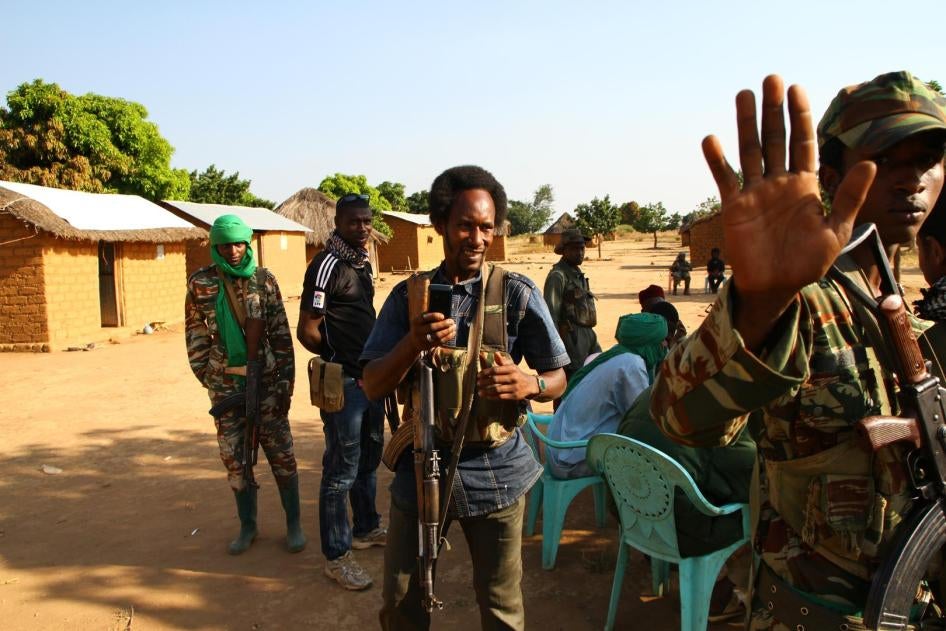This compendium contains much of Human Rights Watch’s research and reporting on the human rights situation in the Central African Republic between April 2016 and March 2017.
Related Content
Throughout 2016 and into 2017, sectarian violence and attacks on civilians continued in central and western regions of the country, most notably in the Ouaka, Nana-Grébizi, and Ouham-Pendé provinces where predominantly Muslim Seleka rebel groups, largely Christian and animist anti-balaka militias, and other armed groups remained active. Civilians continued to bear the brunt of the fighting, and armed groups raped and sexually assaulted women and girls. An estimated 467,800 people, the majority of them Muslim, remained refugees in neighboring countries and a further 384,300 remained internally displaced.
The United Nations peacekeeping mission, MINUSCA, deployed about 10,050 peacekeepers and 2,000 police across many parts of the country in 2016, but struggled to establish security in key areas and to sufficiently protect civilians.







